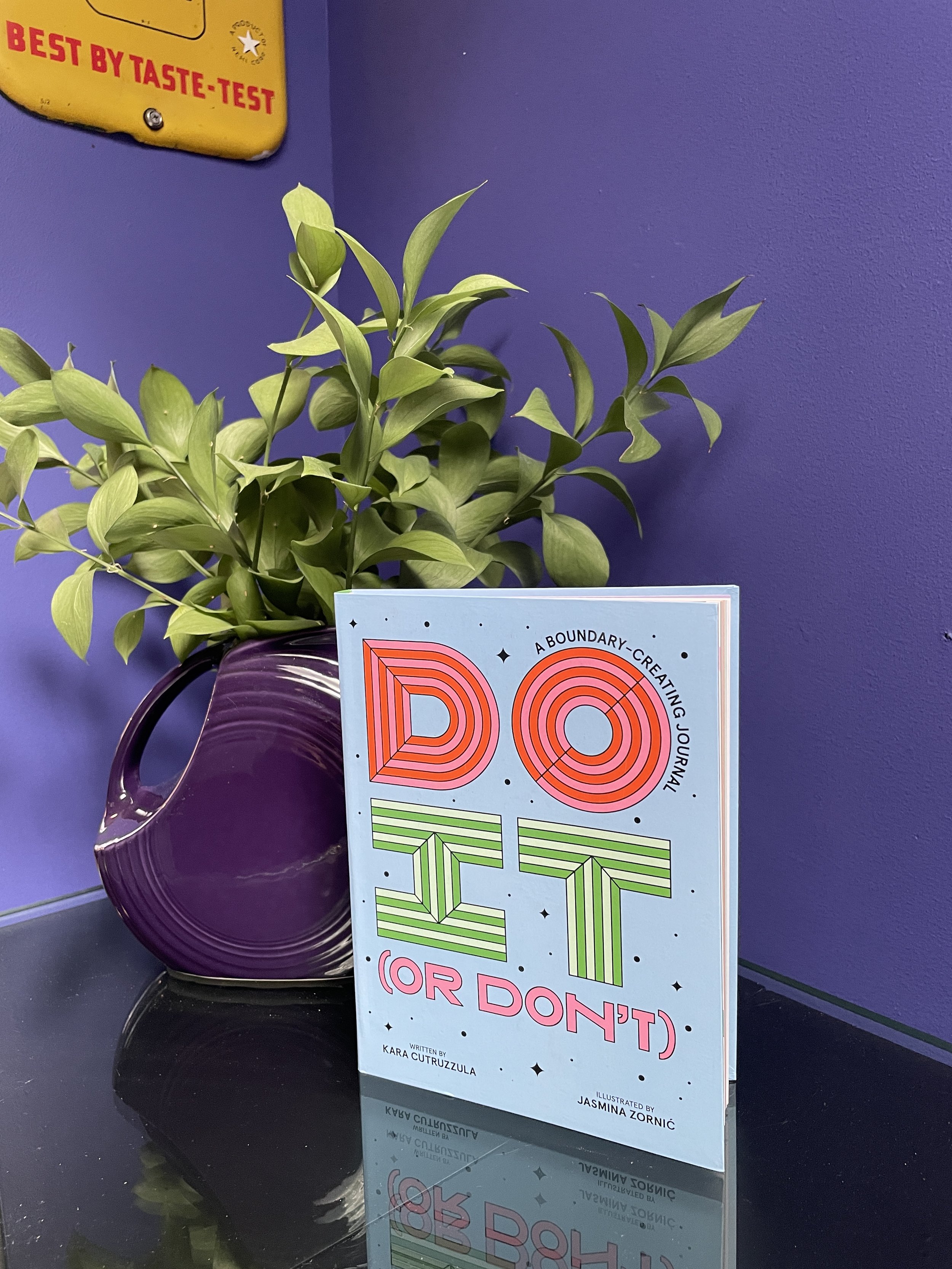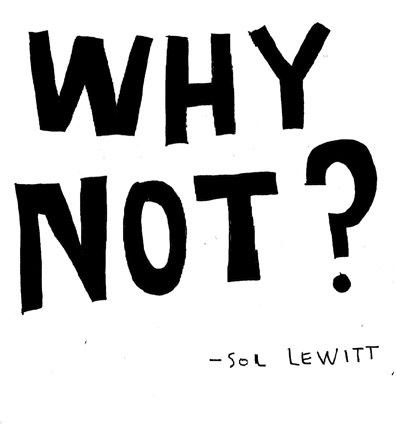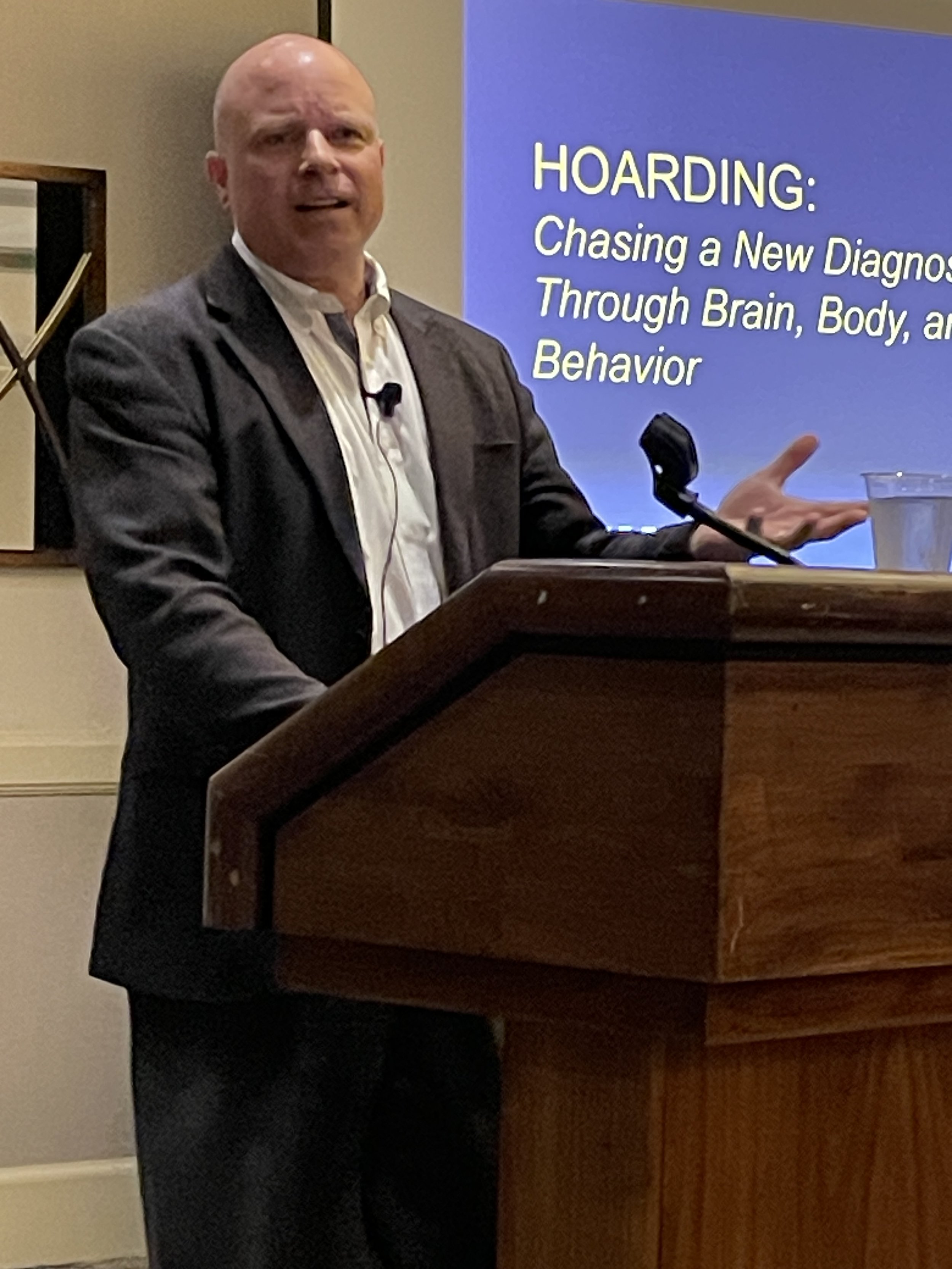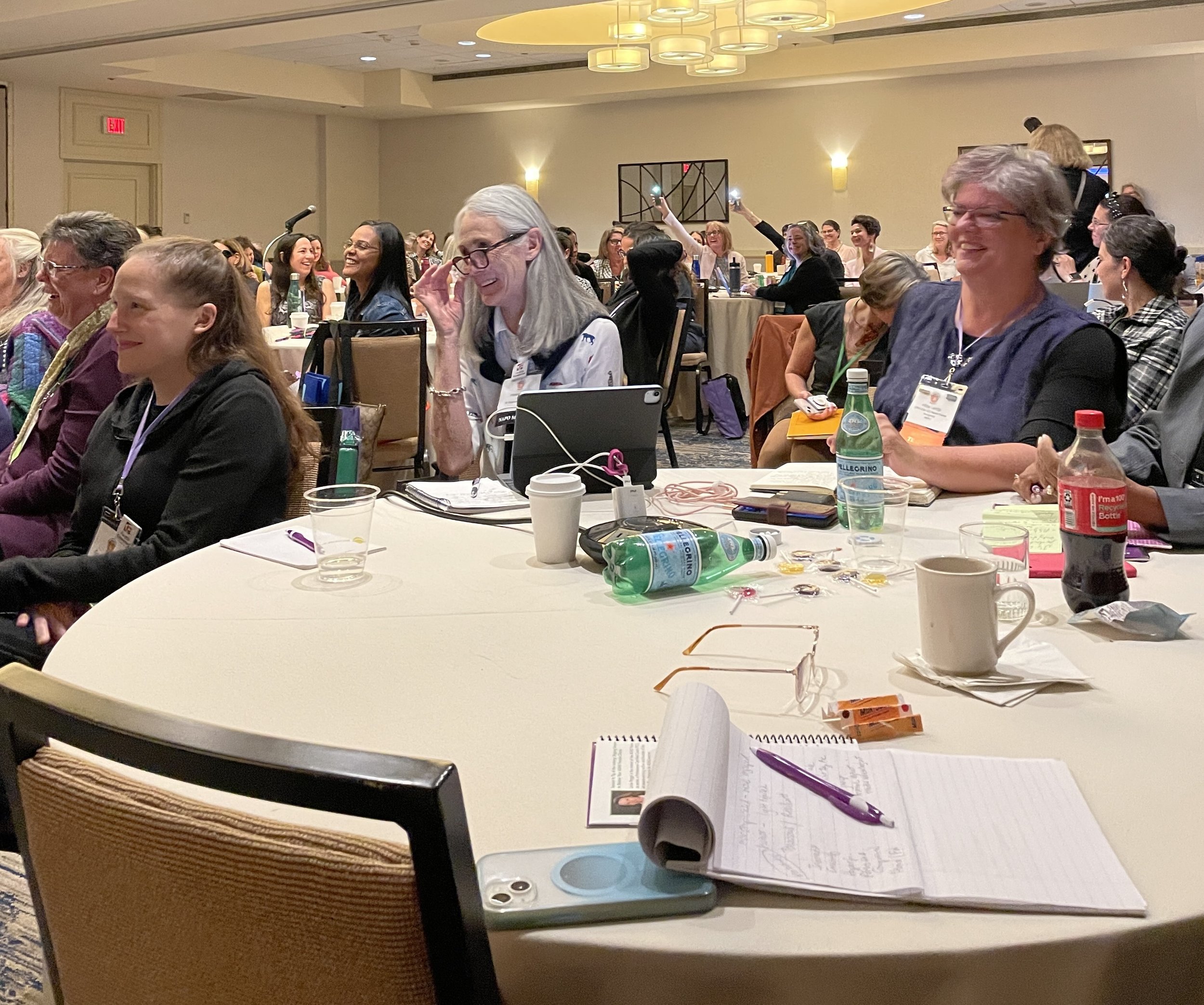This is the newest release (v42) of the “What’s Interesting?” feature, with my latest finds that inform, educate, and relate to organizing and life balance. These unique, inspiring, possibility discoveries reflect this month’s blog theme.
You are a passionate, generous, and engaged group. I am deeply grateful for your ongoing presence, positive energy, and contributions to this community. I look forward to your participation and additions to the collection I’ve sourced.
What do you find interesting?
What’s Interesting? – 5 Best Possibility Discoveries
1. Interesting Workshop – Mindful Organizing Possibilities
Are you tired of feeling disorganized and overwhelmed by the clutter in your life? If you answered “yes,”you’re not alone. Various studies suggest a significant connection between cluttered living spaces and feelings of depression, fatigue, stress, anxiety, or cognitive overload. But there’s good news - help is here.
If you are ready to see what’s possible, join me, Linda Samuels, CPO-CD®, CVOP™, Professional Organizer, for an engaging, transformative workshop – 7 Easy Ways to Practice Mindful Organizing: Discovering a Gentle Path Forward, on Thursday, October 19th, from 7:00-8:00pm Eastern. Together, we’ll delve into the world of mindful organizing and uncover the secrets of seven powerful organizing practices that have the potential to change your life.
During this one-hour Zoom workshop, you’ll come away with at least one practical strategy you can immediately implement to create a positive shift in your daily routine. Reserve your spot and register now!
2. Interesting Research – Better Sleep Possibilities
There is a lot of research about the benefits of getting quality sleep (between seven to eight hours a night) and the implications of chronic lack of sleep. Insufficient sleep can cause premature aging and health problems, including high blood pressure, diabetes, depression, stroke, obesity, and heart disease. During a good night’s sleep, the body heals itself while improving cellular and tissue health, cognitive function, immunity, and energy levels.
Neil Paulvin, a longevity and regenerative medicine doctor, helps patients improve extrinsic aging through better lifestyle choices such as management of alcohol consumption, smoking, diet, exercise, stress, and sleep. He attributes the number one cause of aging faster to inadequate sleep. His suggestions for improved sleep include having a consistent sleep schedule, creating a relaxing bedtime routine, and making your bedroom a sanctuary.
In the article, “Why Are You So Tired? Your Sleep Schedule Needs a Reset,” Dr. M. Safwan Badr, professor and chair of the internal medicine department at Wayne State University, suggests the “3-2-1 rule.” He says to stop:
eating three hours before bedtime
working two hours before bedtime
using electronics one hour before bedtime.
Dr. Emerson M. Wickwire, professor and head of sleep medicine at the University of Maryland School of Medicine, says that clearing your bedroom of physical clutter can also improve the quality of your sleep.
What would be possible if you started your day refreshed after a great night’s sleep?
“Shifting your perspective from a fixed to a growth mindset will open up possibilities.”
3. Interesting Read – Boundary-Creating Possibilities
Do you feel pulled in multiple directions, overwhelmed by choices, or have difficulty moving forward? Do you find it challenging to set boundaries? When that happens, your possibilities perspective is inaccessible. My friend, Kara Cutruzzula, who recently interviewed me on her fabulous “Do It Today” podcast, has an excellent solution for you.
Hot off the press, her new Do It (or Don’t): A Boundary-Creating Journal helps you create and maintain clear boundaries, learn how to say “no,” and release those obligations and projects that feel oppressive. You will feel encouraged to write, clarify your thoughts, and flourish while appreciating Kara’s gentle support as she shares her wisdom with you. She says, “Our time is limited. Do you want to spend yours in a clear and intentional way?” If you do, learn more about her journal here: Do It (or Don’t).
4. Interesting Product – List-Making Possibilities
Do you have many tiny scraps of paper, partially filled notebooks, and random notes scribbled on documents? Are these calls, errands, purchases, and email reminders cluttering your desk, bags, and other surfaces? Are those working for you? If not, create better possibilities and outcomes with this terrific list-making tool.
My inventive frolleagues, Diana Quintana and Jonda Beattie, created My List Simplified, an 8-1/2” x 11” paper spiral-bound organization journal. It will help you easily capture your lists, plans, ideas, tasks, and appointments. It’s undated, so you can organize the journal by the day, week, or an extended period. For further details, click here: My List Simplified.
5. Interesting Thought – Positive Possibilities
Is your internal dialogue working for or against you? Do you focus on the negative? Are you consumed by what could go wrong or think in terms of what you can’t do? We’ve all been there. What happens when you reframe negativity with a simple, powerful phrase? Instead of thinking, “I can’t do this,” ask, “Why not?” How will that change your outlook and outcomes? Shifting your perspective from a fixed to a growth mindset will open up possibilities.
Do you have an interesting possibility-related discovery? Which of these resonates with you? I’d love to hear your thoughts. I invite you to join the conversation.



















